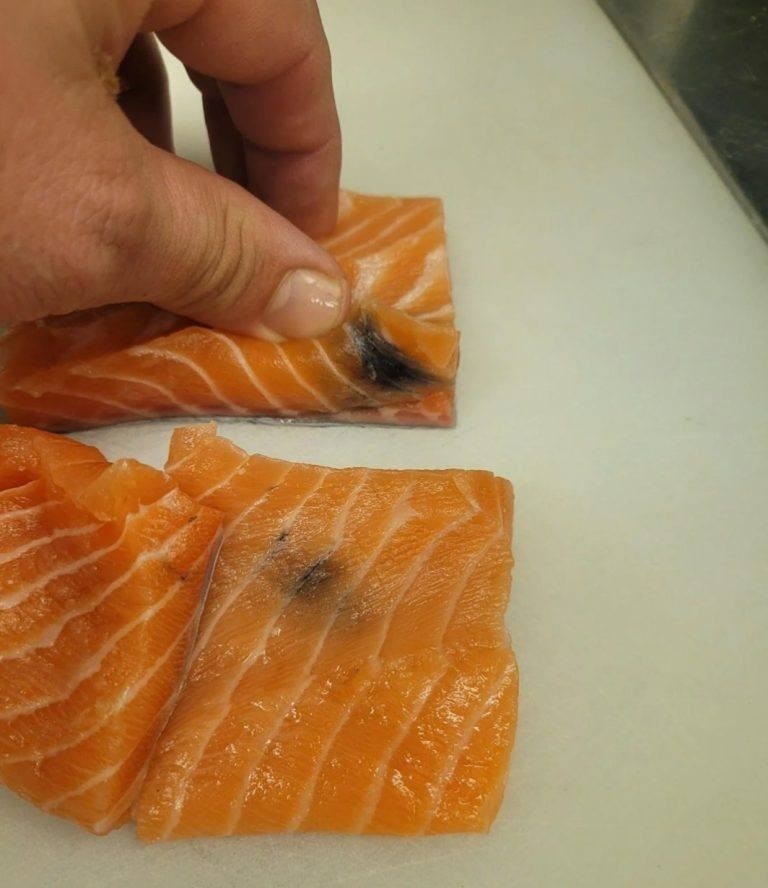ADVERTISEMENT
Certainly! Here’s an informative article for the recipe topic:
Why Your Thawed Salmon Is Yellow – And Whether It’s Safe to Eat
Salmon is a favorite in kitchens worldwide, prized for its rich flavor, vibrant pink color, and health benefits. But sometimes, when you thaw frozen salmon, you might notice an unusual yellowish tint on the flesh instead of the expected rosy hue. This can be alarming—leaving many to wonder: Is it still safe to eat?
Why Does Thawed Salmon Sometimes Turn Yellow?
There are a few common reasons why salmon flesh can look yellow after thawing:
1. Natural Variation in Salmon Flesh Color
- Some salmon species, such as Chinook (King) or Coho, naturally have a range of colors from deep pink to pale orange or even yellowish.
- Wild salmon’s diet (rich in krill and other natural food) gives it a vibrant pink or red hue, but farmed salmon sometimes have a paler or yellowish tint depending on their feed.
2. Oxidation and Fat Degradation
- When salmon is frozen and then thawed, the fats in the fish can oxidize if not properly wrapped or stored.
- This oxidation can cause the flesh to take on a yellow or brownish hue.
- It’s more common in fatty salmon and if the fish has been frozen for a long time or improperly stored.
3. Freezer Burn
- If salmon isn’t tightly sealed, moisture escapes, and the fish can suffer freezer burn.
- This causes discoloration and dry patches that sometimes appear yellow or white.
Is Yellow Salmon Safe to Eat?
Color alone isn’t the sole indicator of safety, but it can be a clue. Here’s what to consider:
- Smell Test: Fresh or properly thawed salmon should have a mild, ocean-like smell. If it smells sour, fishy, or off, do not eat it.
-
ADVERTISEMENT
